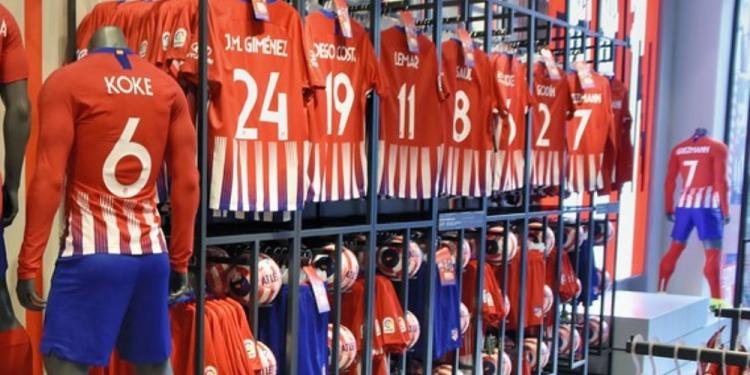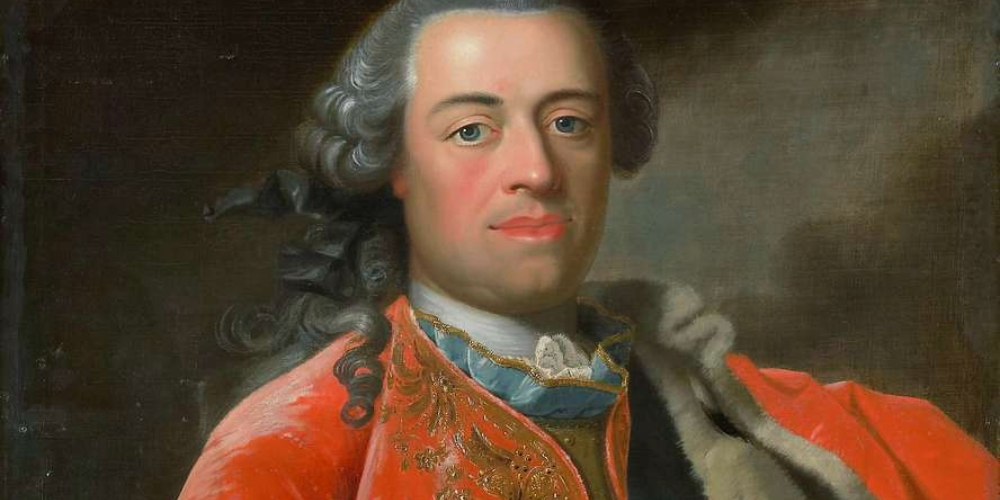National Football Teams Kit Colors – Why Do They Look Like That?
Posted: January 24, 2024
Updated: January 24, 2024
-
National teams kit colors play a significant role in international football
-
Most jerseys match the countries' flags - but there are a few exceptions

National football teams kit colors play a significant role in this popular sport. They are representations of identity and pride for both players and fans alike, but the choice of colors in football kits varies from countries’ historical narratives to mere aesthetics.
There are Football Kits That Match a National Flag…
Naturally, it is common for a national team to wear clothing that matches the colors of their national flag. It is a way of being quickly identifiable by officials, fans, and commoners both on the field, on TV, and during 1xBet broadcasts.
Be it Sweden, Denmark, or England, they all wear kits that match their national flag’s colours. A vast majority of teams wear kits matching their flag, so we won’t focus on them for too long.
Here’s just a short list of the most obvious examples of national football teams kit colors matching their flags:
- Argentina wear striped sky blue and white jerseys that in a way repeat the stripes of the Argentinian flag.
- The French tricolour can be seen on the 1998 French National team’s jersey, in which they won the World Cup at home.
- The Ukrainian squad wears a kit that is yellow with additions of thin blue stripes – this combination can be seen on Sweden’s team as well. Interestingly, those teams played against each other in Euro 2020 in 1/8-finals, although no one mixed up the sides.
- Brazil is a good example of a colourful yet tasteful kit. Traditionally, they play in yellow shirts, blue shorts, and white socks, which are all parts of their flag. Adding this to green pitch makes a perfect combination that 100% fits the Brazilian flag.
And many-many others.
…and There are National Football Teams Kit Colors that Don’t Match
On the other hand, some national football teams kit colors don’t coincide with their countries’ flags. They are in a minority but are definitely worth talking about. If you are interested in F1 besides football, read about traditional racing colours in motorsports. The Netherlands, Germany and Japan are just some examples coming to mind. But why do these squads wear non-matching jerseys? Let’s see.
The Netherlands – Orange
There are plenty of national teams that wear colours that are not present on their flag. One of the most obvious cases is the Netherlands. Even though their flag is red-white-blue, all of their sportsmen wear orange.

Football and Formula 1 are places where one can see a sea of orange where supporters of the Dutch football team and Max Verstappen gather.
The reason behind it is historical – King William III was also known as William of Orange. The City of Orange might have nothing to do with the colour of orange but William did since he wore clothings predominantly consisting of orange colour.
Italy – Blue
Italy’s team colour is blue and many football fans probably asked themselves why it is the case. In fact, the colour of their kit has its special name which is “savoy blue”. The House of Savoy that led the Unification of Italy in the 1860s had this colour as their official royal symbol. During the Unification period, propaganda, in favour of the united Italy, used blue as one of the main colours alongside green, white, and red.
Bet on Italy’s further international football successes at online gambling sites in Japan!
Germany – White and Green
The traditional home uniform for the German national team consists of a white shirt, black shorts, and white socks, with these colours being inspired by the flag of Prussia. Since 1988, the designs of the home kit have often incorporated details influenced by the modern German flag.
In the 2014 World Cup, Germany deviated from the usual black shorts to white shorts. The away shirt colour has undergone several changes over time. Although a green shirt with white shorts is a frequently used alternative, stemming from the DFB (German Football Association) colours, there is a common misconception that it is chosen in acknowledgment of Ireland, whose home shirts are green and were supposedly the first nation to play Germany in a friendly game after World War II, when in fact it was Switzerland. There is also a myth that colour green used to be the royal symbol of Alemanni chiefs, the community that modern-day Germans derived from.
Japan – Blue
If Japan qualifies for the 2026 World Cup as predicted by online sportsbooks in Japan, the team will shine in blue colours on the field. But why blue? The design of the Japanese national football teams kit colors has undergone various changes over the years but overall, Japan’s choice of blue and white, instead of red and white, stems from superstition.
The adoption of blue kits dates back to the 1930 Far Eastern Championship Games, where a team from the Tokyo Imperial University, whose color was blue, represented Japan. This colour choice continued in a historic 3–2 victory over Sweden during the 1936 Summer Olympics, marking Japan’s first major international competition. From 1988 to 1992, the kits were red and white, aligning with the colours of Japan’s national flag. However, the 1990 FIFA World Cup and 1992 Summer Olympics qualifications were a disaster and the red shirt was discontinued from usage in the kits.
Click here to try the best odds at 1xbet Sportsbook












